
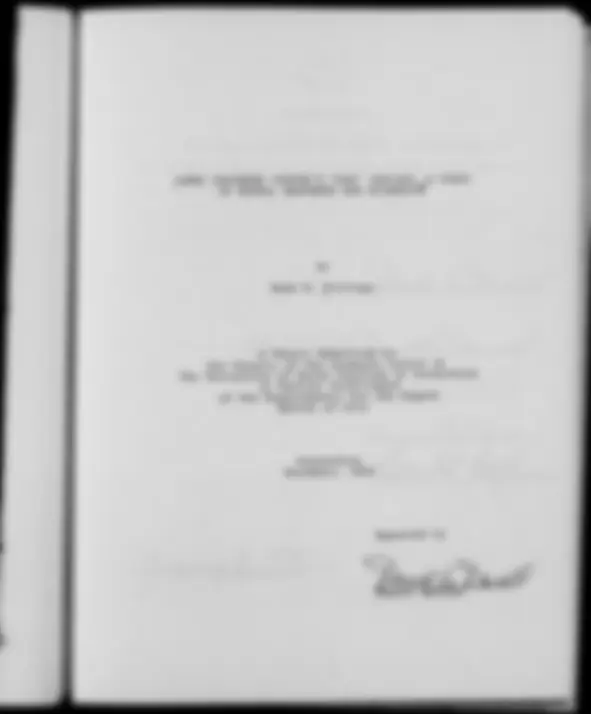
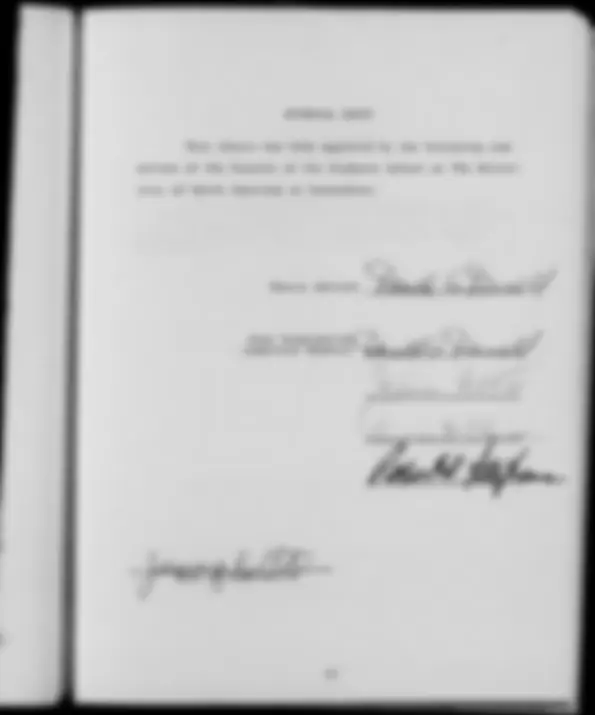
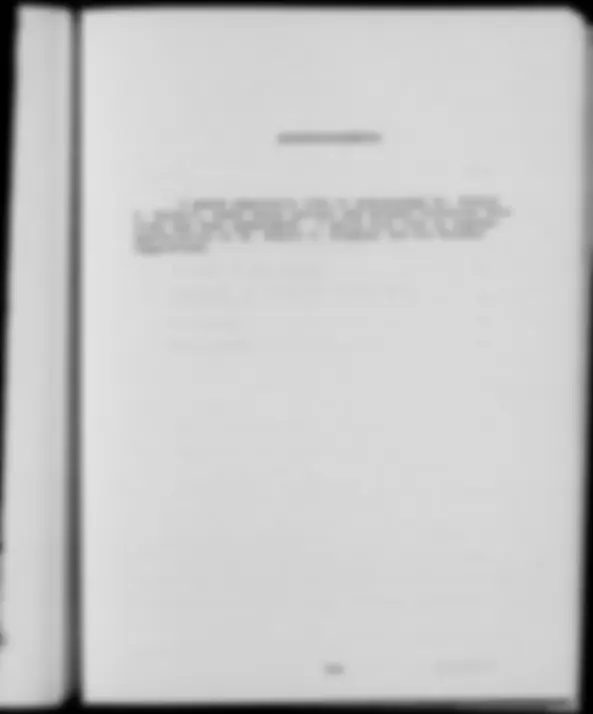
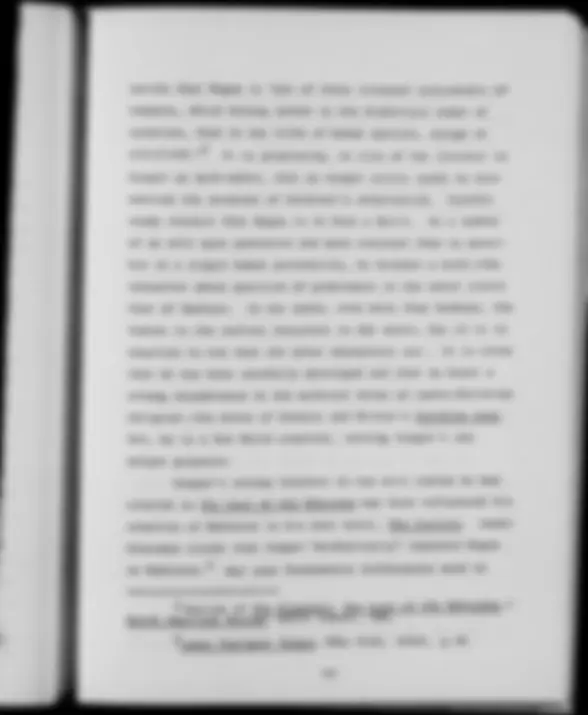
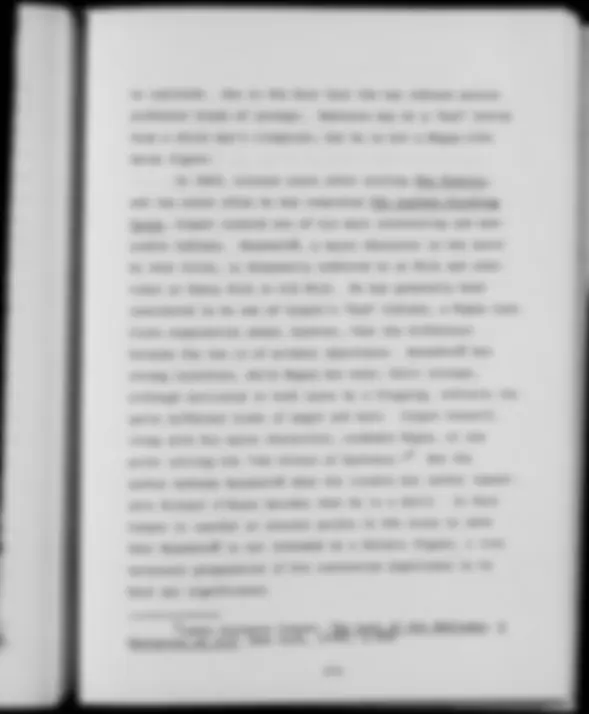
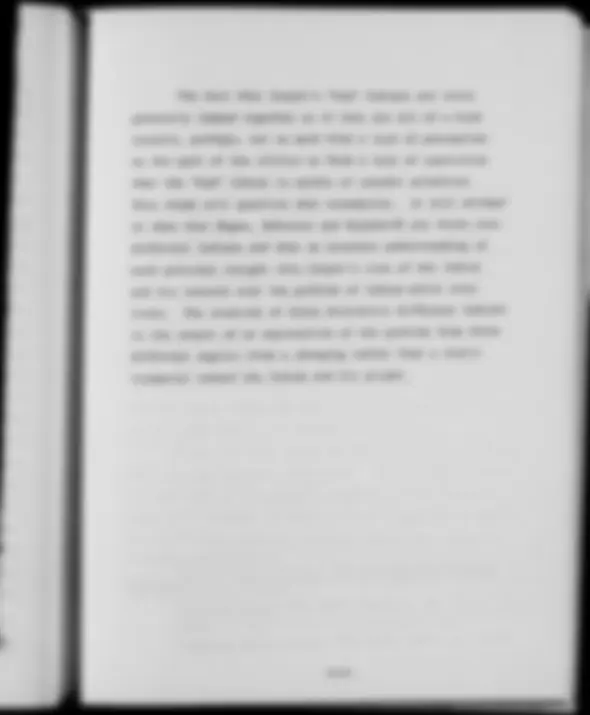
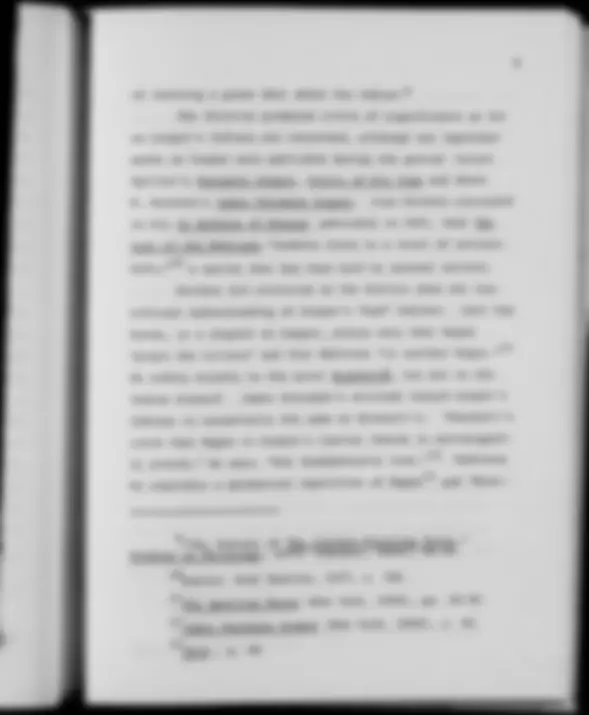
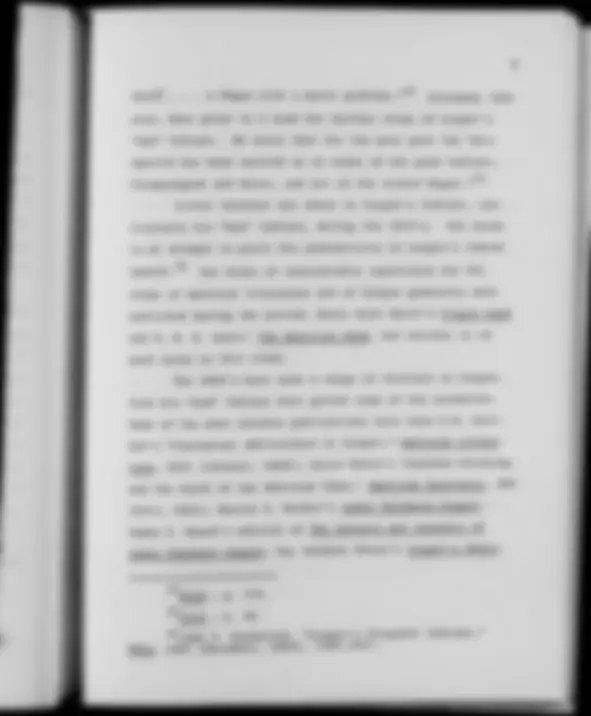
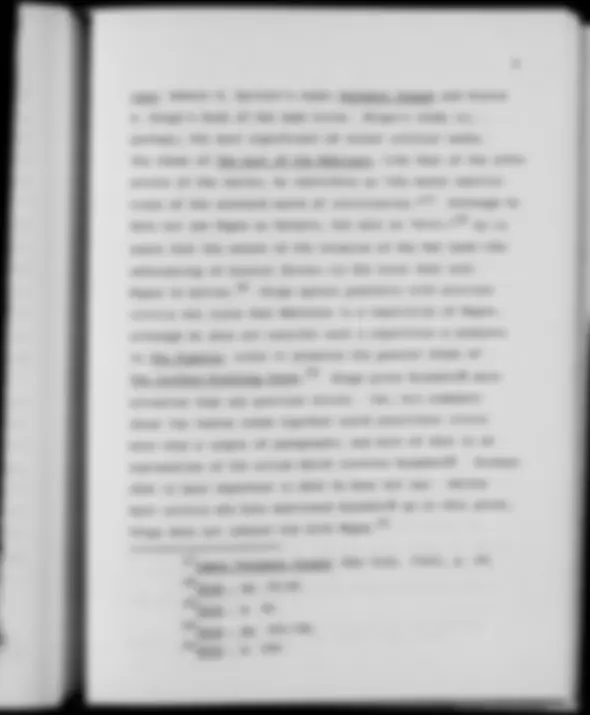
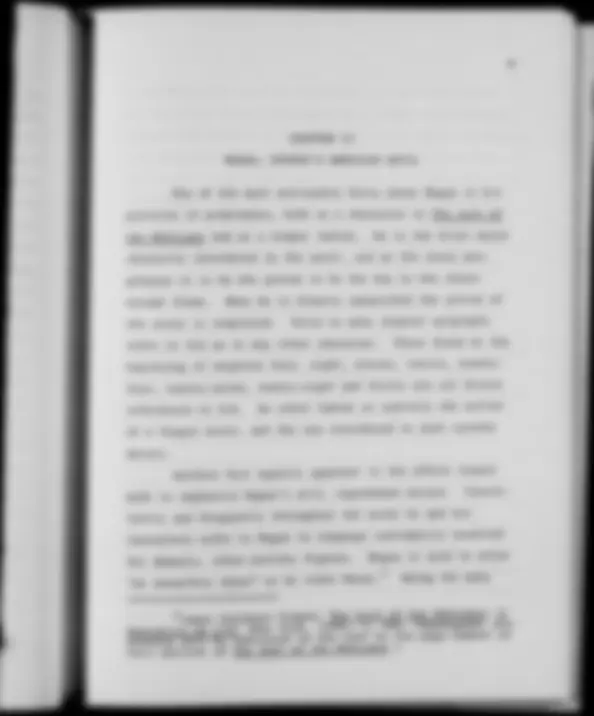
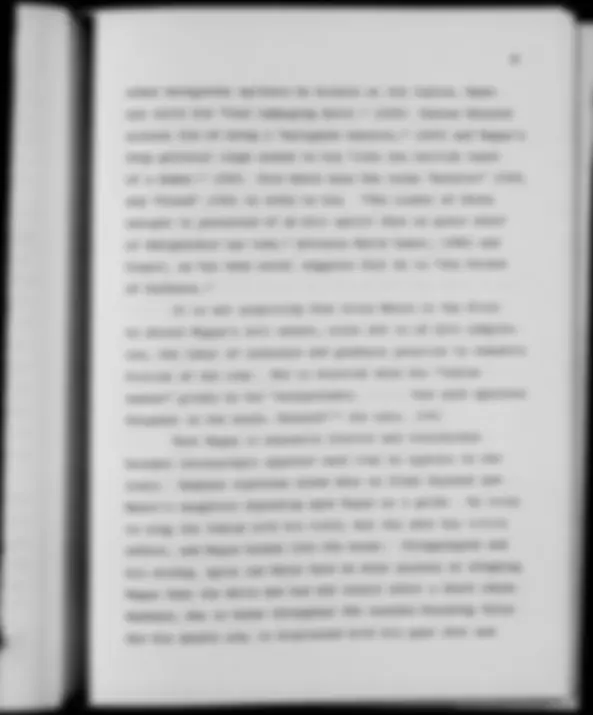
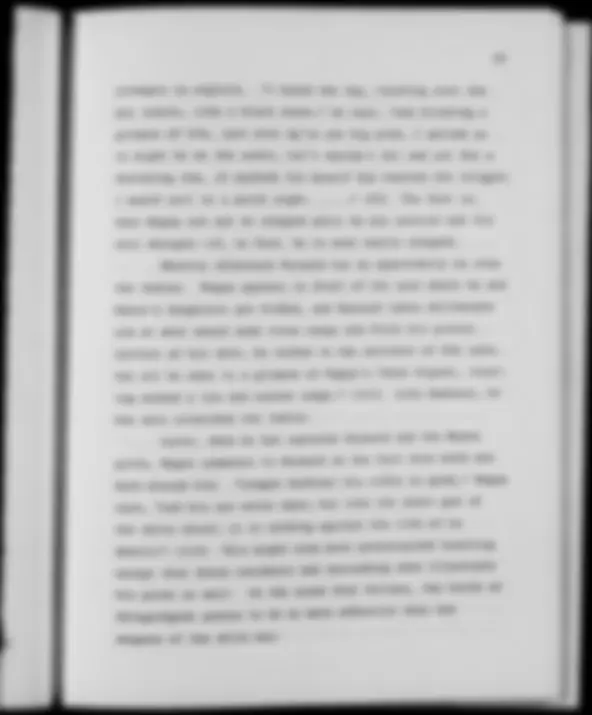
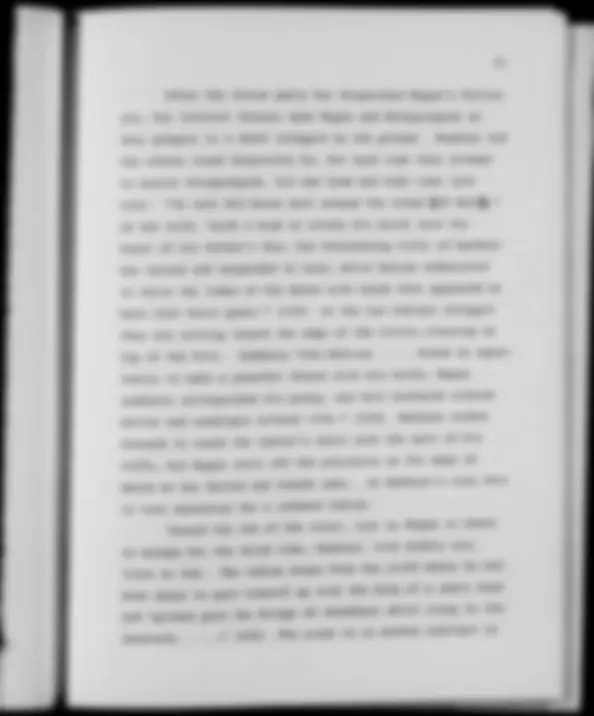
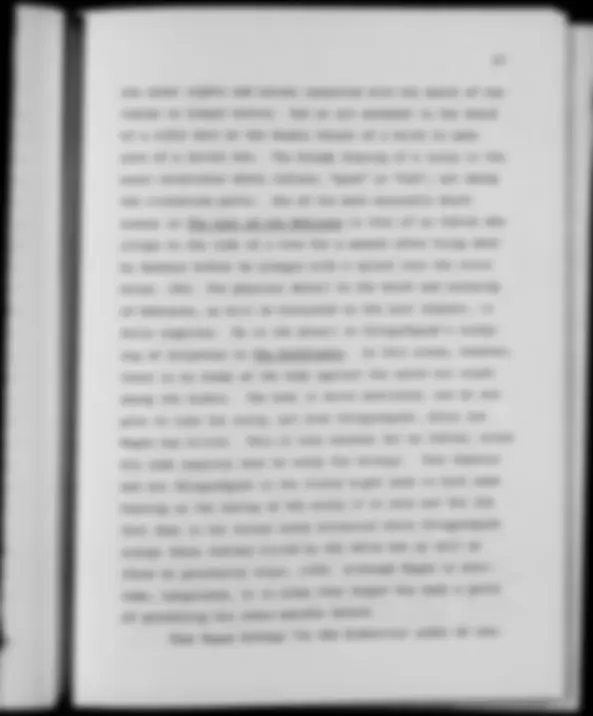
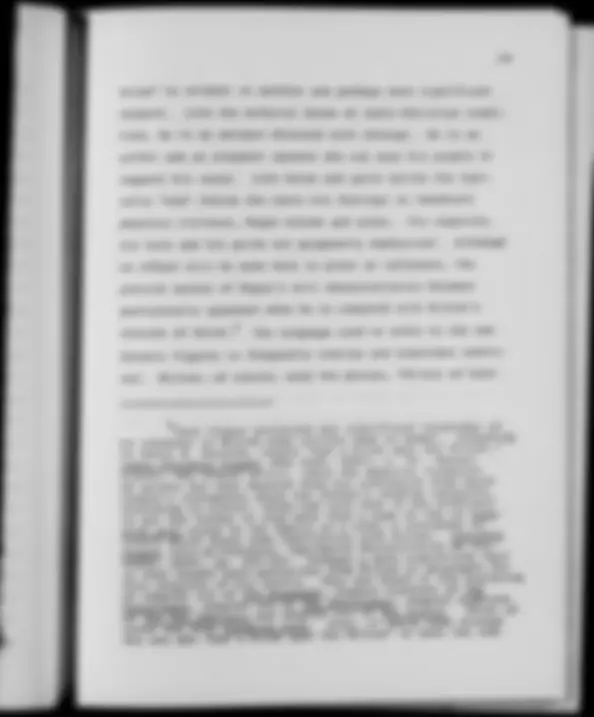
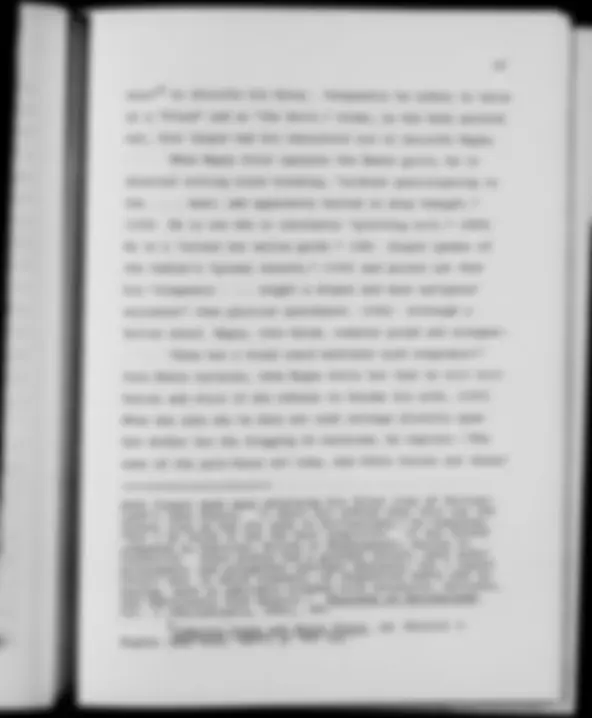
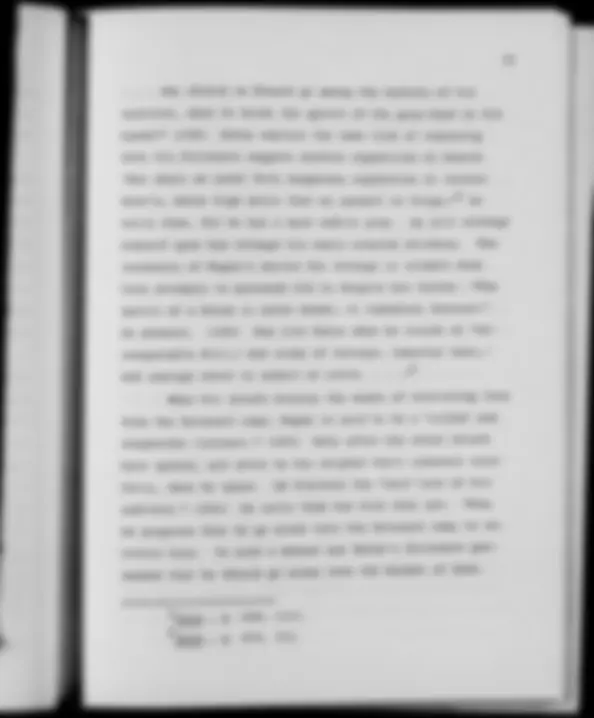
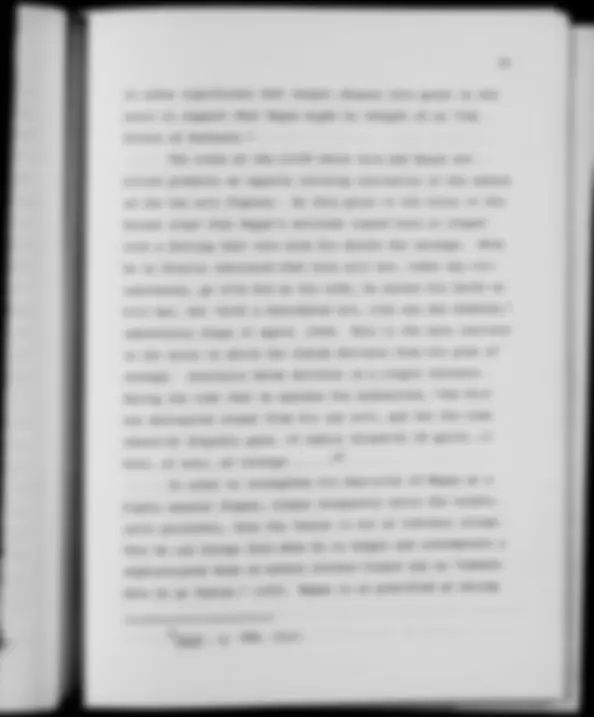
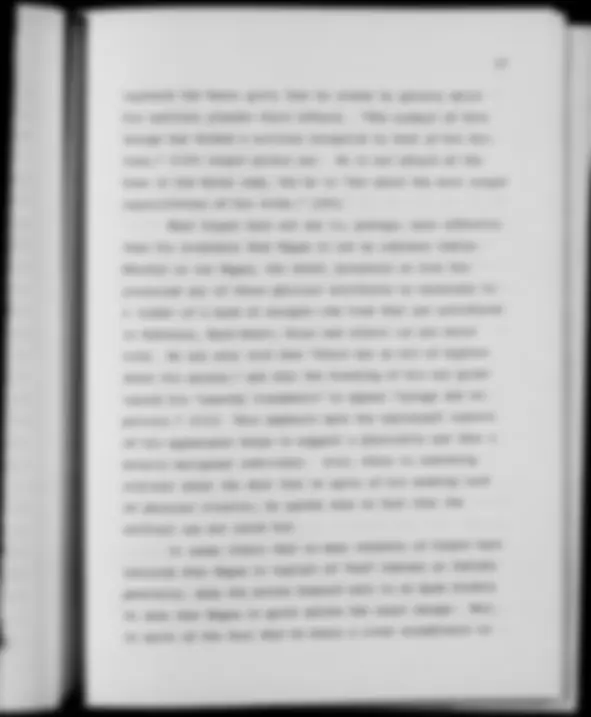
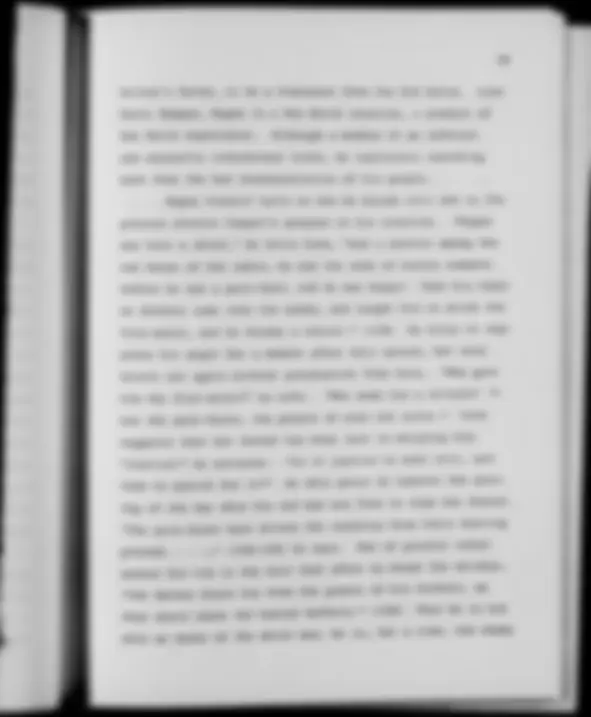
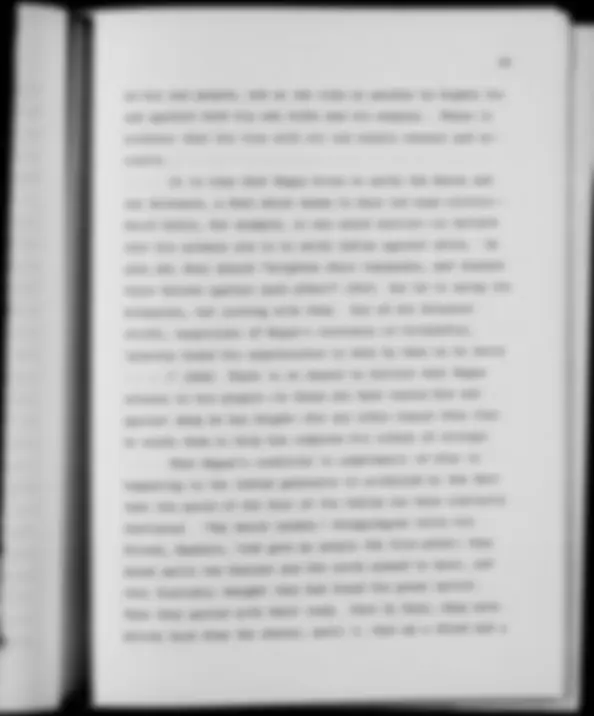
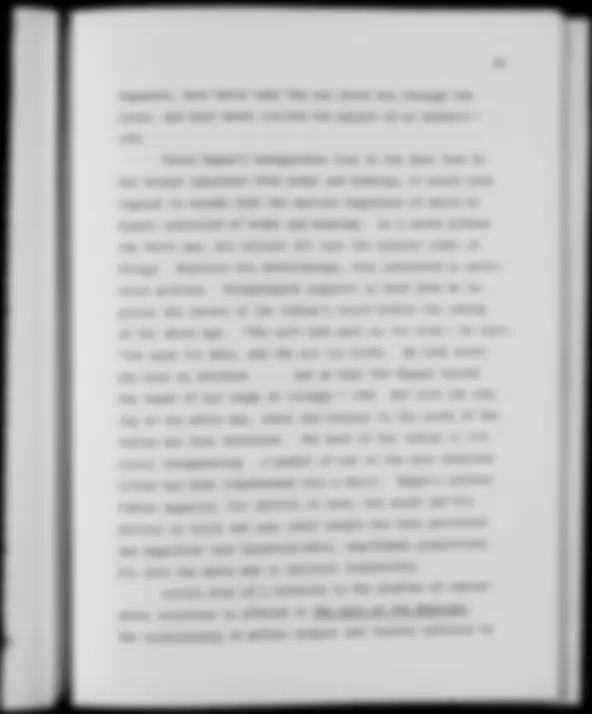
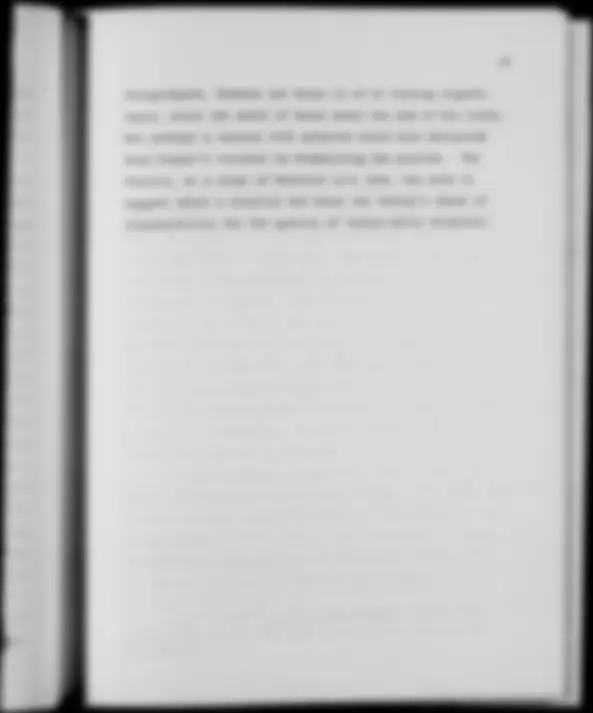
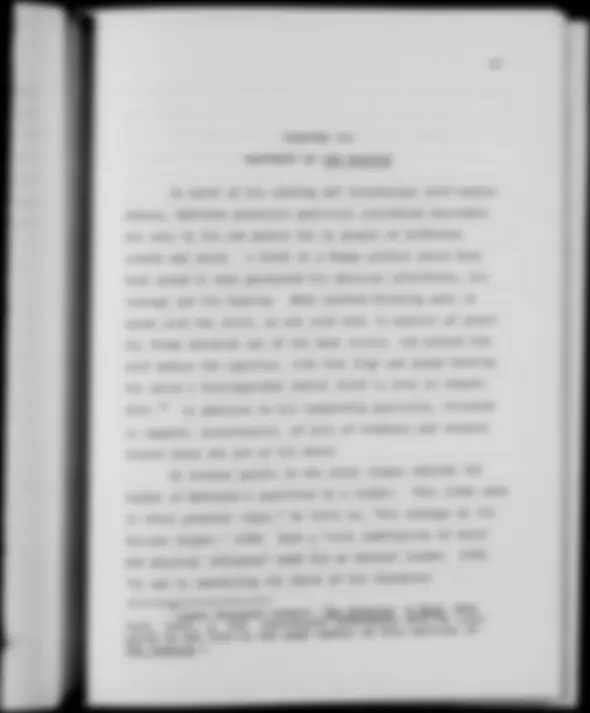
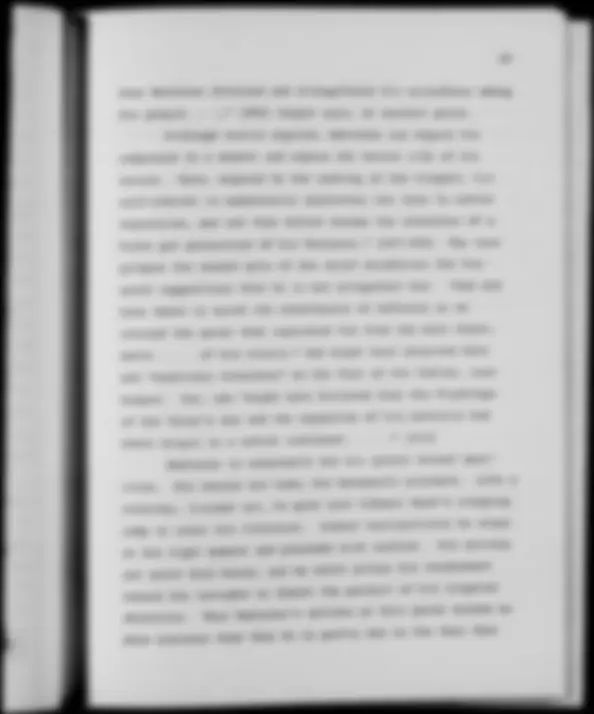
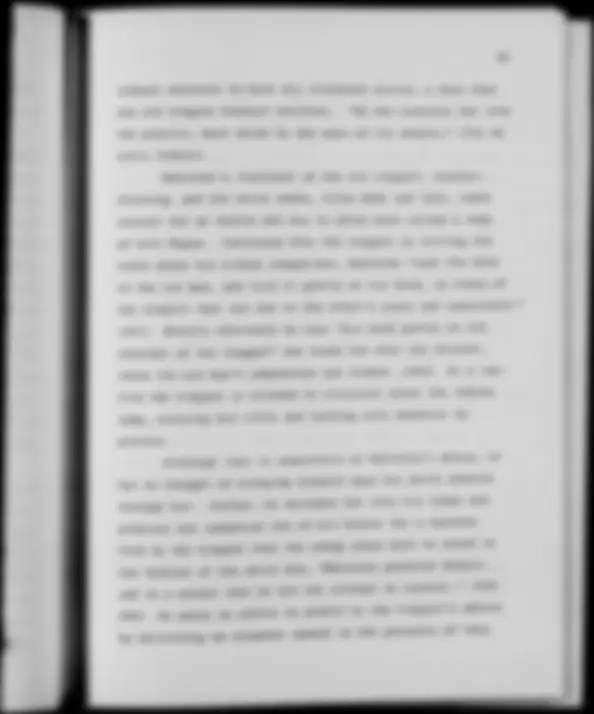
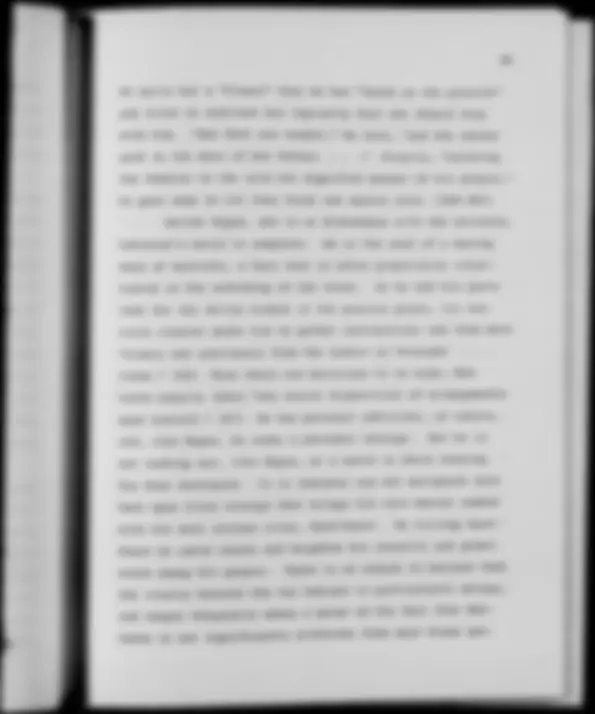
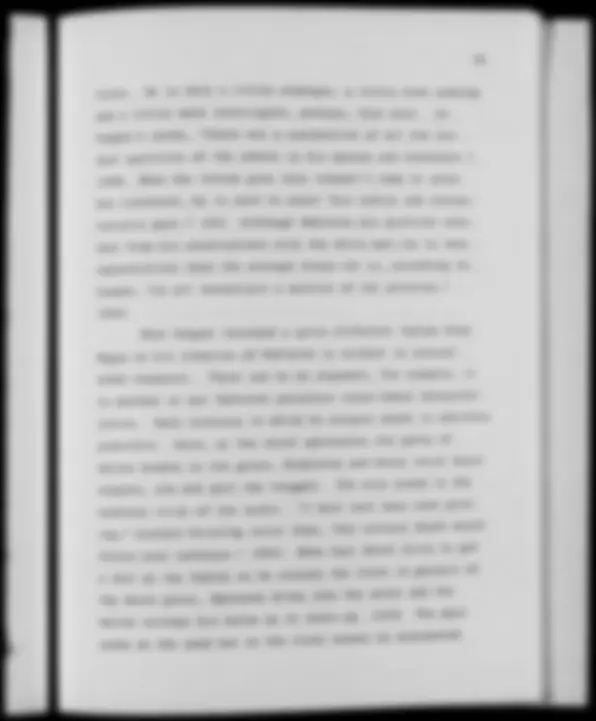
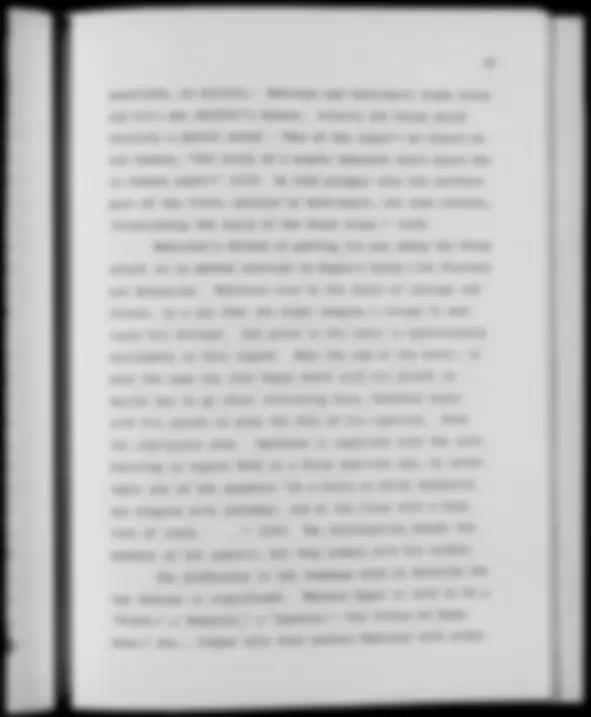
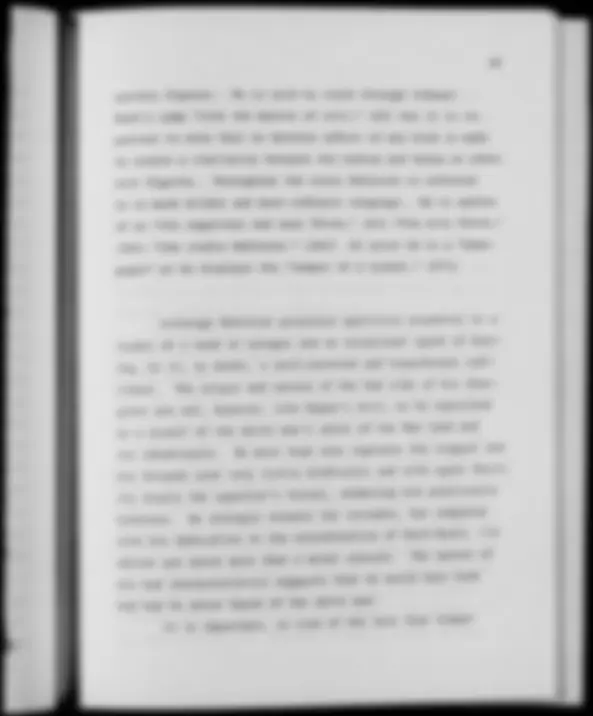
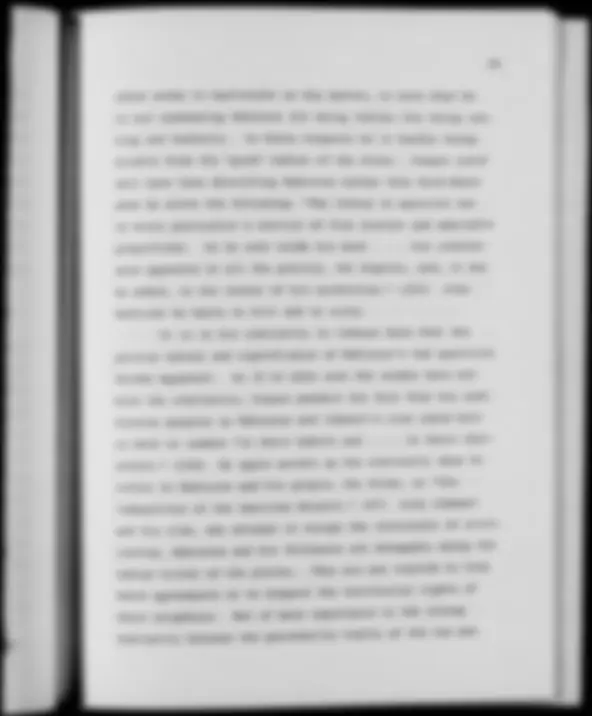
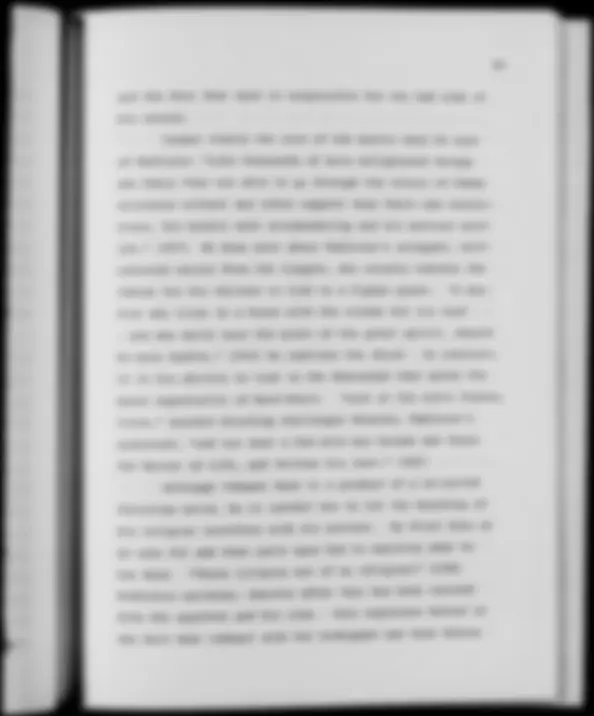
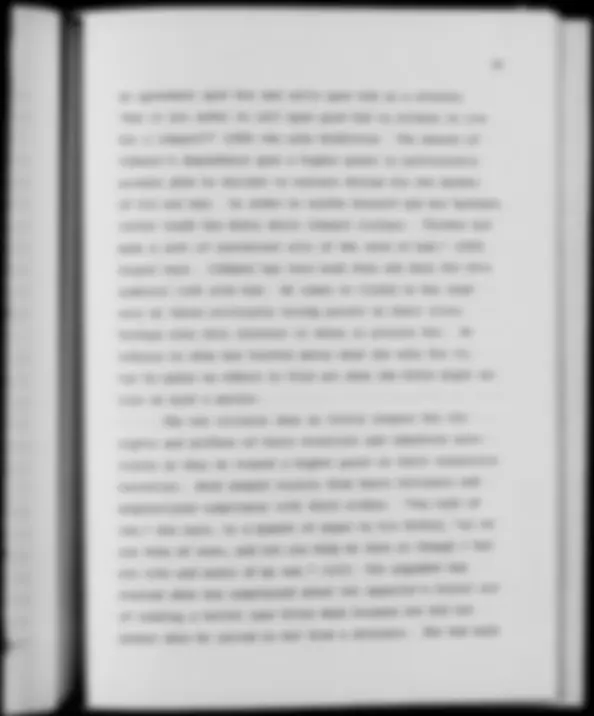
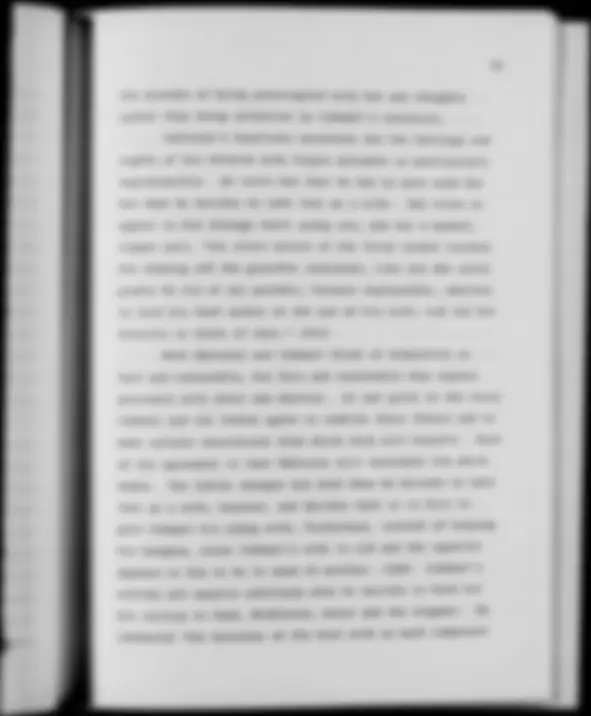
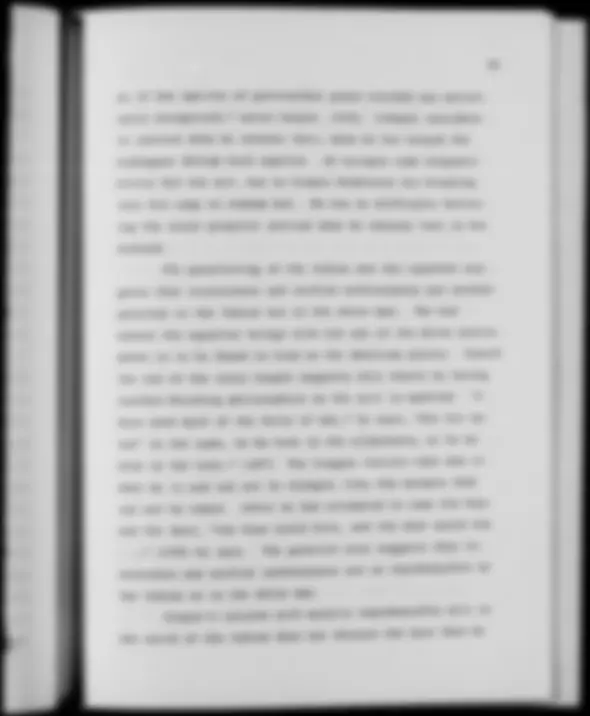
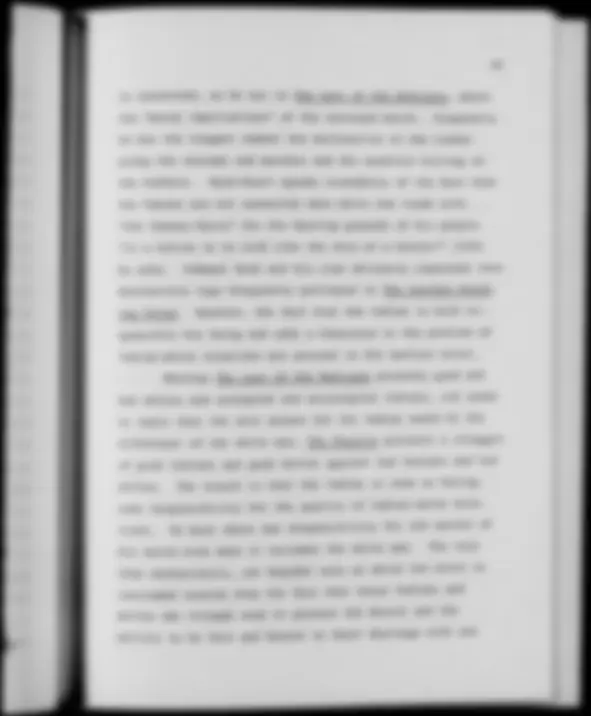
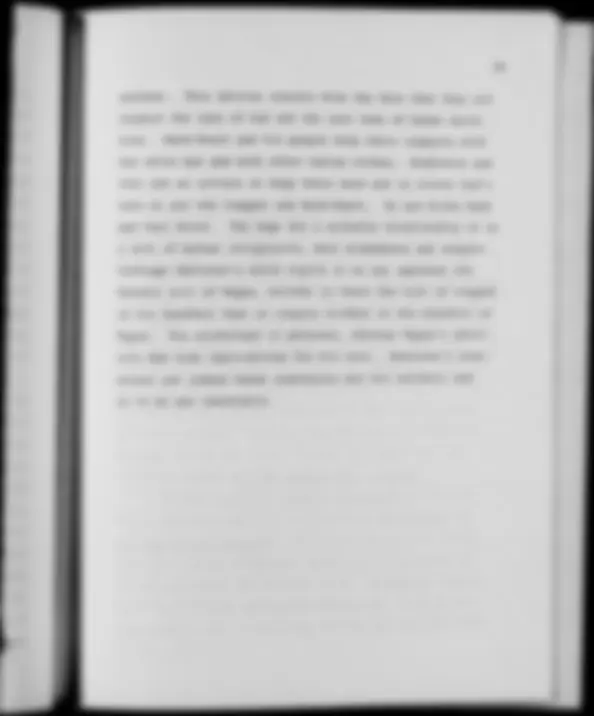
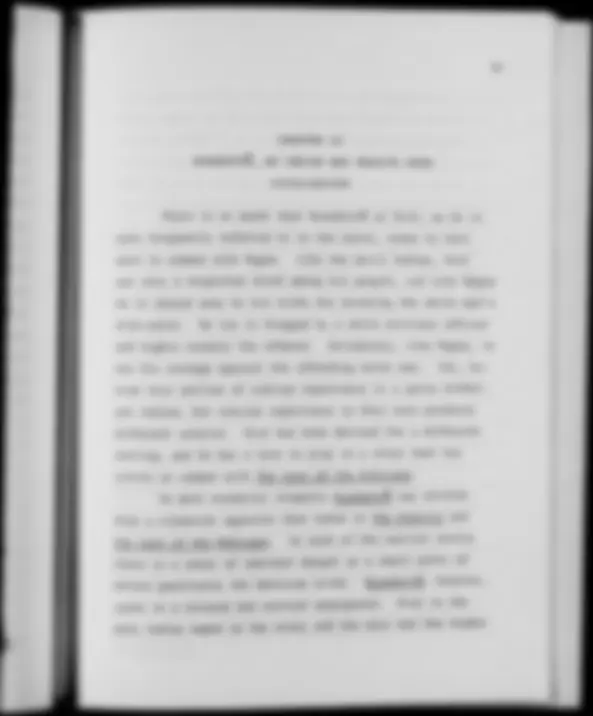
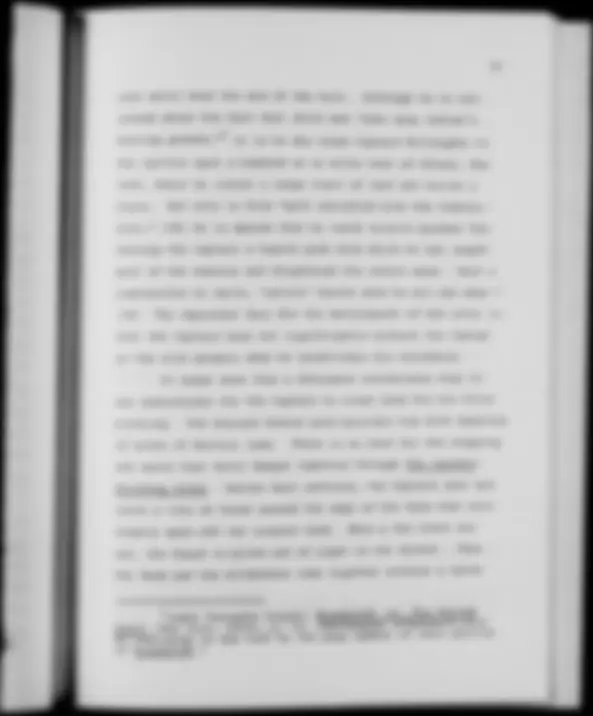
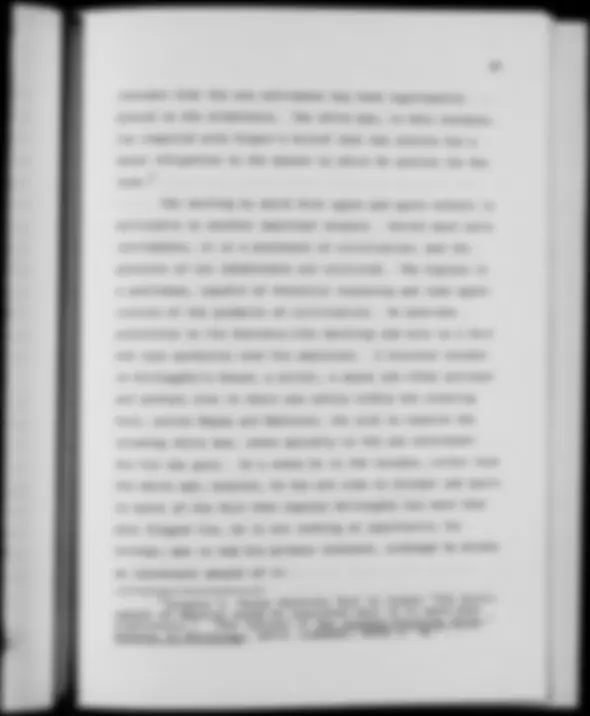

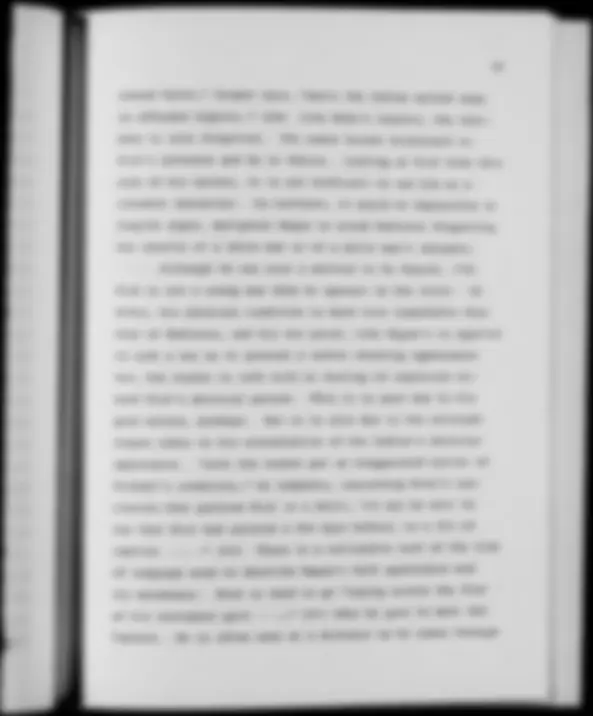
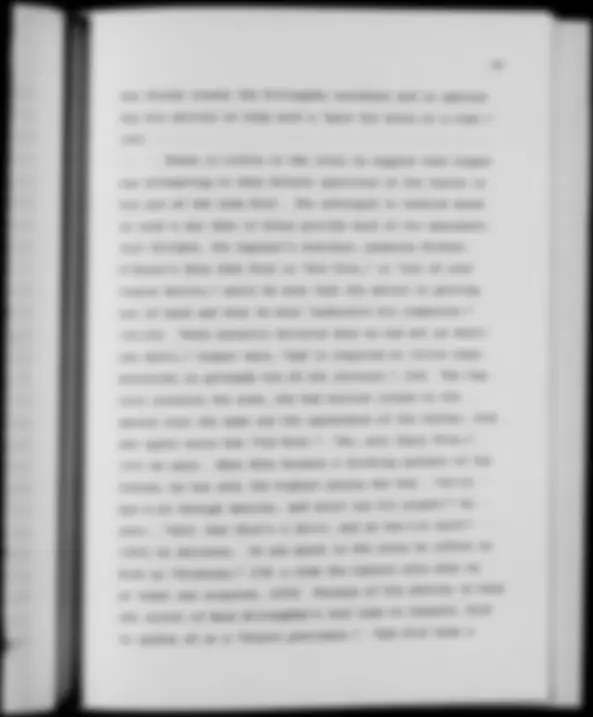
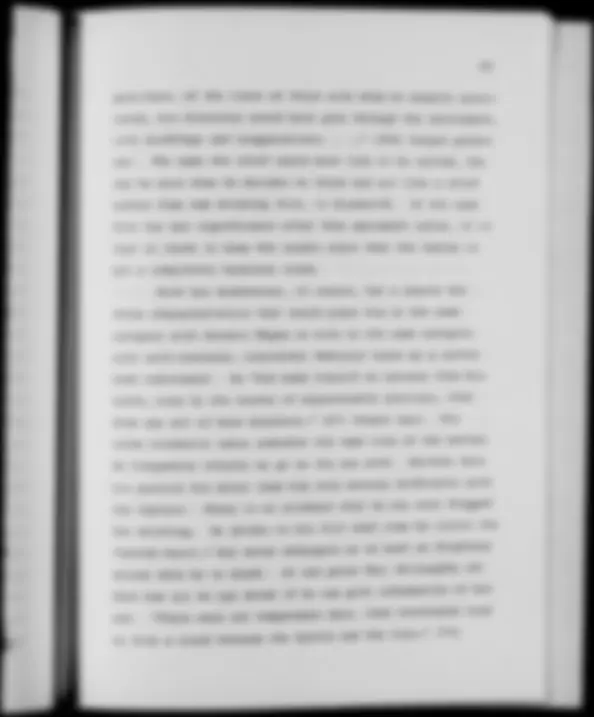
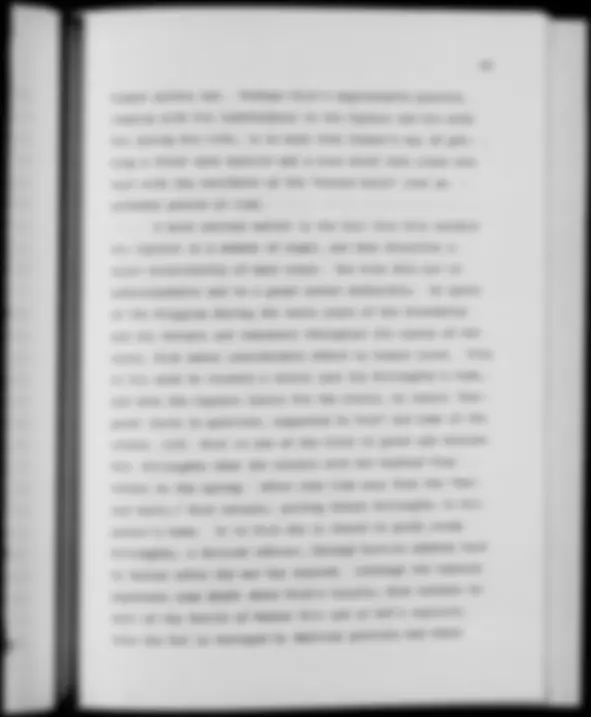
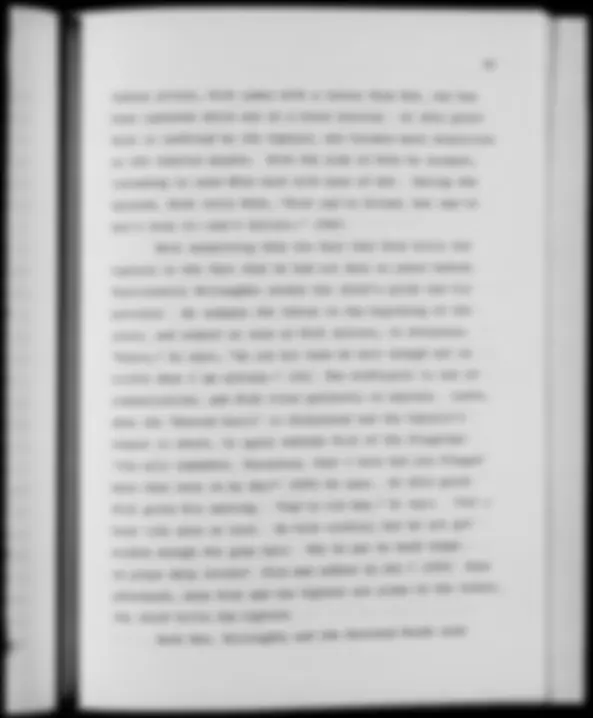
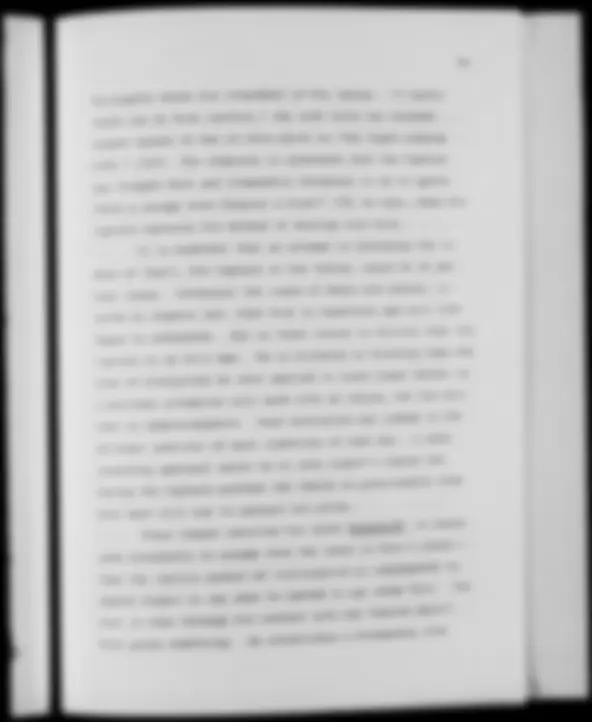
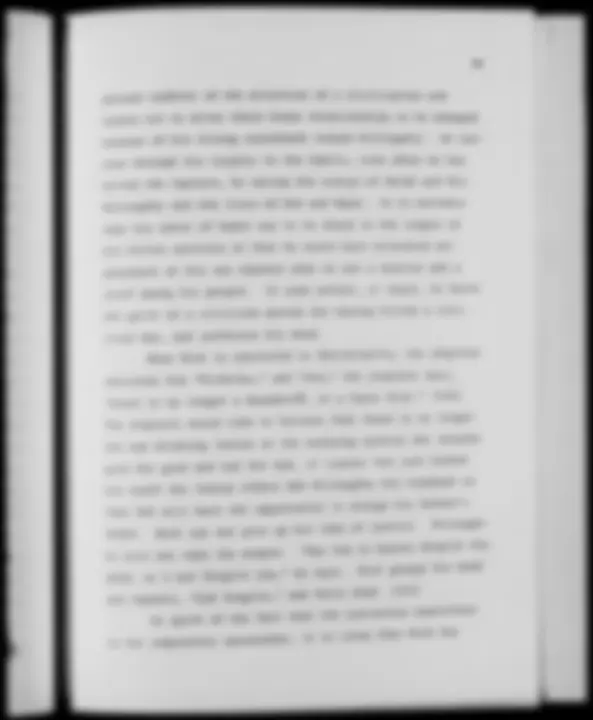
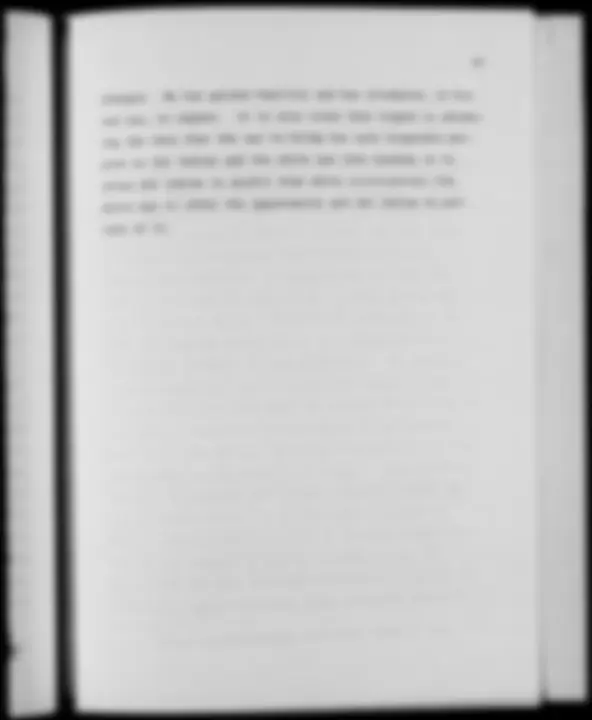
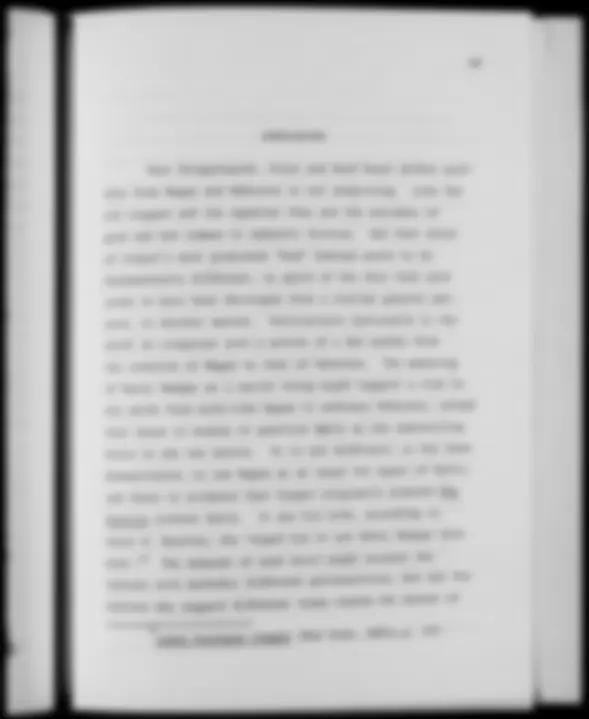
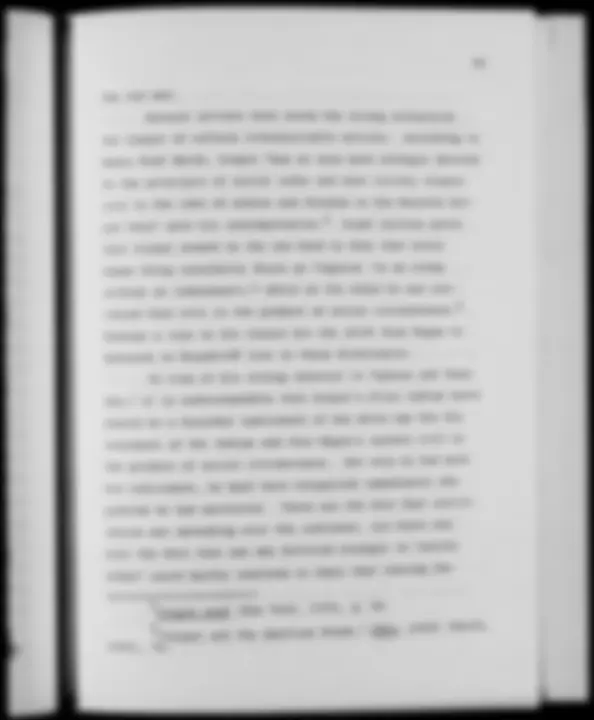
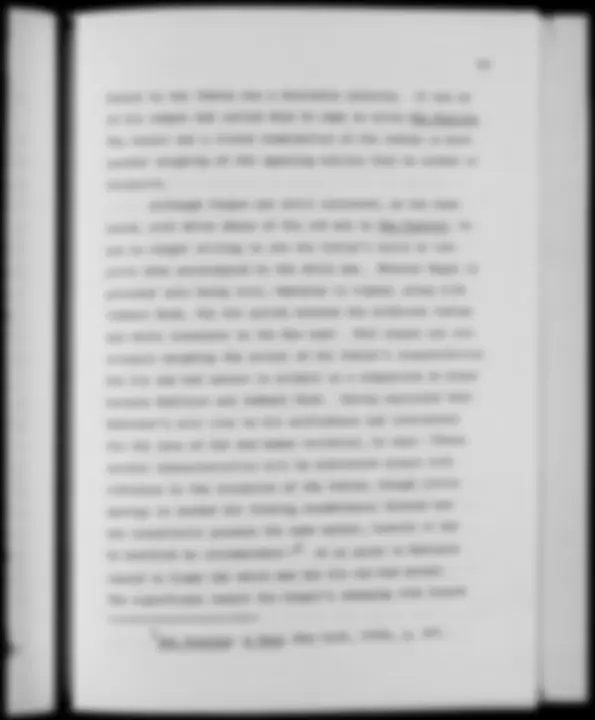
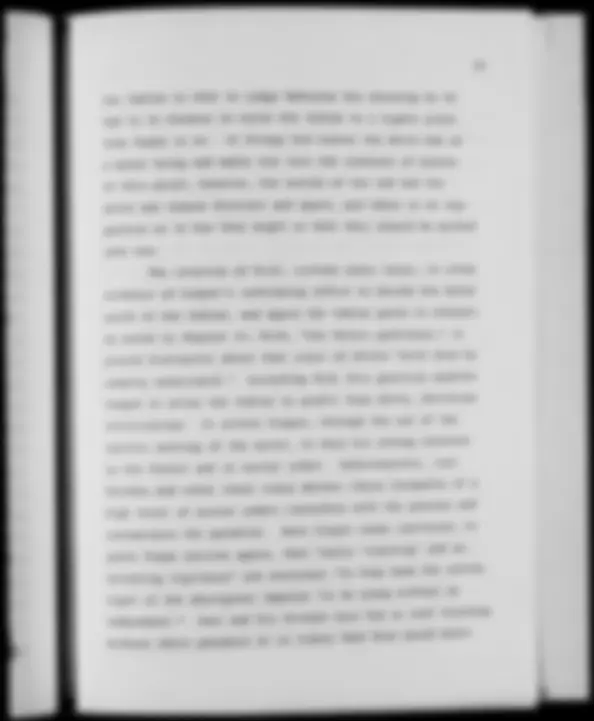
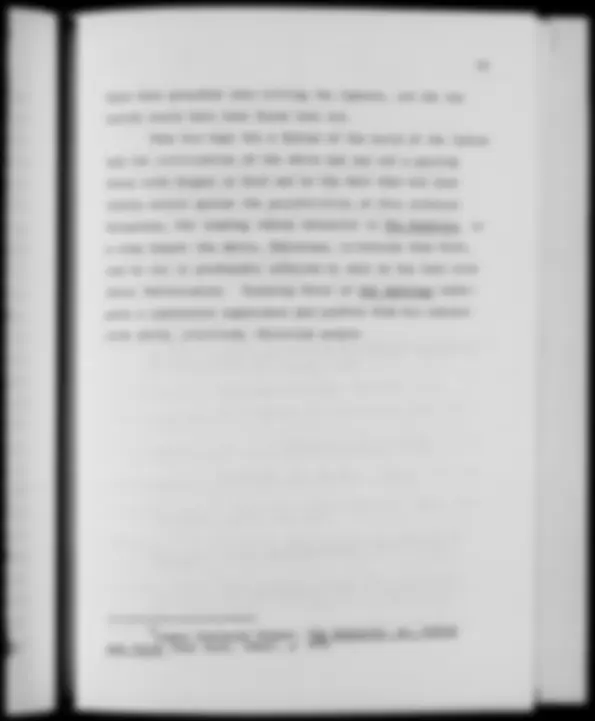
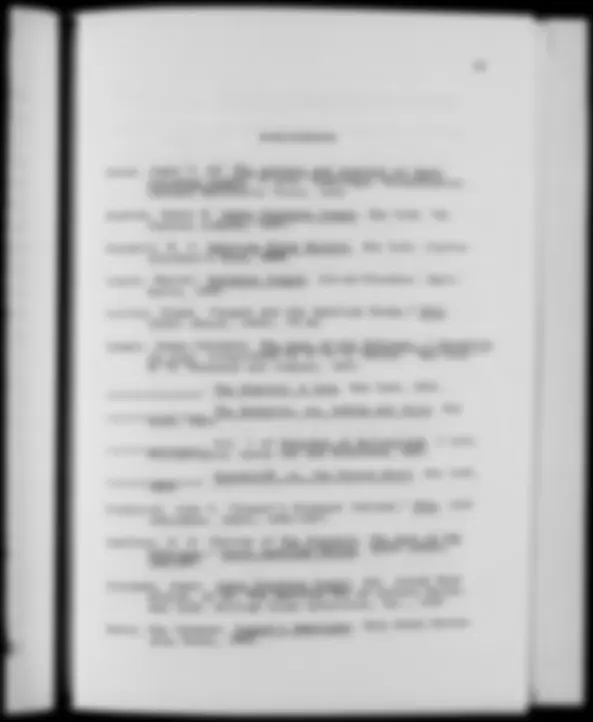
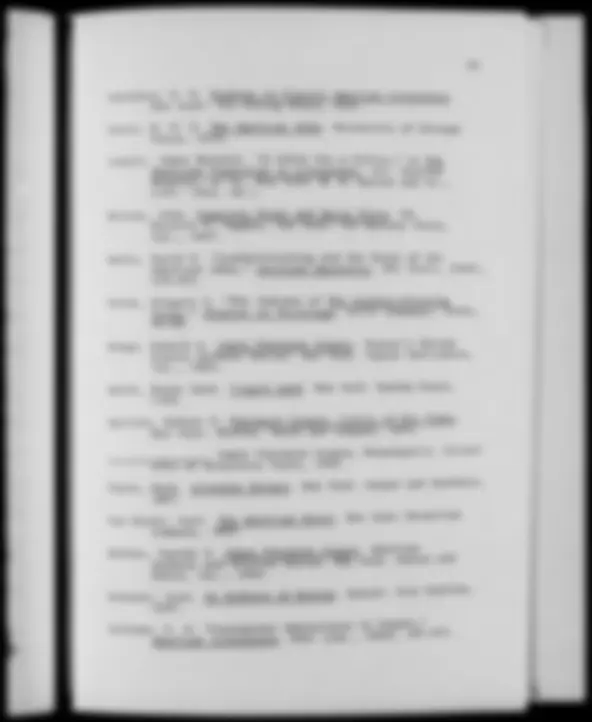
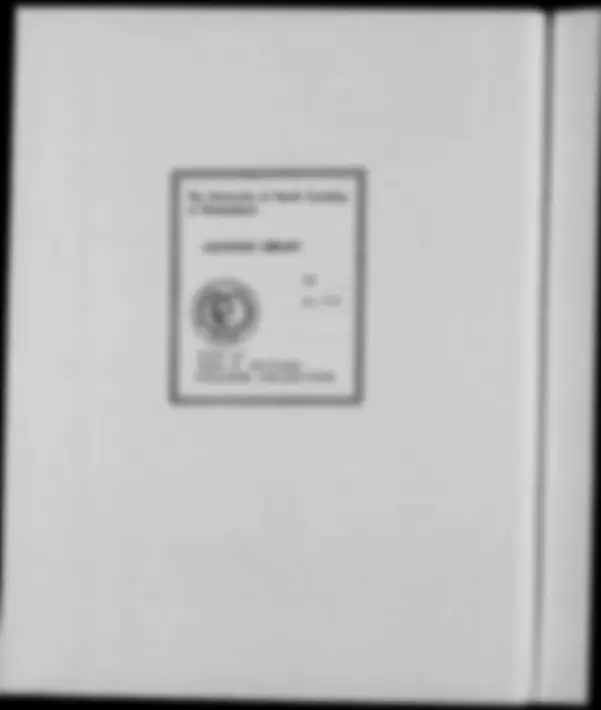


Study with the several resources on Docsity

Earn points by helping other students or get them with a premium plan


Prepare for your exams
Study with the several resources on Docsity

Earn points to download
Earn points by helping other students or get them with a premium plan
Community
Ask the community for help and clear up your study doubts
Discover the best universities in your country according to Docsity users
Free resources
Download our free guides on studying techniques, anxiety management strategies, and thesis advice from Docsity tutors
The differences between Cooper's 'bad' Indian characters, Magua, Mahtoree, and Wyandotte, and challenges the common perception that they are all of the same kind. The analysis provides insight into Cooper's view of the Indian and his concerns over Indian-white relations.
Typology: Study notes
1 / 65

This page cannot be seen from the preview
Don't miss anything!


























































WILLIAMS,a Study of OWENMagua, D. (^) MahtoreeJames Fenimore and Wyandotte'. Cooper's "Bad"(1969) Indians:Directed by: Dr. Donald G. Darnell. pp. 54
Whereas James Fenimore Cooper's Natty Bumppo and many of his "good" Indians have long received critical attention, comparatively little interest has been shown his so-called "bad" Indians. To date no critical essay or chapter of a book has been devoted to them, in spite of their prominent roles in his Indian novels. This study focuses on three of these characters: Magua of The Last of the Mohicans, Mahtoree of The Prairie, and Wyandotte, a leading character in the novel of that title. Generally critics have lumped Magua, Mahtoree and Wyandotte together as if they were all of a kind. Careful study shows, however, that they are three quite different Indians. Their creation reflects both Cooper's continuing effort to come to terms with what he thought about the moral worth of the Indian and his effort to decide upon the right solution to the problem of Indian-white rela- tions. With the creation of Magua, Cooper condemns the in- trusion of the white man and suggests that the wilderness should be left to the Indian. With the creation of Mahtoree, he insists that the Indian share in the responsibility for a workable relationship and accept some responsibility for his own evil. At this point the two worlds are distinctly separate, but with the creation of Wyandotte', an effort is made to fuse the world of the Indian and the civilization
APPROVAL SHEET This thesis has been approved by the following com- mittee of the Faculty of the Graduate School at The Univer- sity of North Carolina at Greensboro.
Thesis Adviser /Cc^/PM^ O) / AJ(J^ryf(/
ittee Member s^fJCj/^M^ [0/1 J^A-*If Comm^ Oral^ Examination
Date of/ Examination
ii
I would especially like to acknowledge Dr. Donald G. Darnell, under whose patient and helpful direction this study has been undertaken. I would also like to express appreciation to Dr. Robert 0. Stephens for his helpful suggest ions.
iii
INTRODUCTION Whereas Natty Bumppo and many of Cooper's "good" Indians have long received the critical attention they deserve, little attention has been given that other char- acter type who frequently plays an important role in his fiction, the so-called "bad" Indian. To date no critical essay or chapter of a book has been devoted to him. This study is undertaken in the belief that a thorough explora- tion of at least the most prominent of these characters is essential to critical evaluation of a writer whose "conception of the American Indian," according to one writer, has been generally recognized to be "of outstanding impor- tance in the history of the red man in literature." Magua, Mahtoree and Wyandotte will be focused upon here. Almost invariably critics have erroneously linked these three together as if they were all of a kind, and nowhere have they received critical attention in proportion to their prominence. The Last of the Mohicans, the first of Cooper's novels that deals with the open conflict between whites and Indians, contains his darkest, most malevolent savage. A contemporary of Cooper's, W. II. Gardiner, complained in a
Gregory L. Paine, "The Indians of The Leather-Stock- ing Tales," Studies in Philology, XXIII (.January, 1926), 16.
review that Magua is "one of those licensed instruments of romance, which belong rather to the diabolical order of creation, than to any tribe of human species, savage or civilized." it is perplexing, in view of the interest in Cooper as myth-maker, that no Cooper critic seems to have noticed the accuracy of Gardiner's observation. Careful study reveals that Magua is in fact a devil. As a symbol of an evil more pervasive and more sinister than is possi- ble in a single human personality, he becomes a myth-like character whose position of prominence in the novel rivals that of Hawkeye. In one sense, even more than llawkeye, the Indian is the central character in the novel, for it is in reaction to him that the other characters act. It is clear that he has been carefully developed and that he bears a strong resemblance to the mythical Satan of Judeo-Christian religion--the Satan of Genesis and Milton's Paradise Lost. Yet, he is a New World creation, serving Cooper's own unique purposes. Cooper's strong interest in the evil Indian he had created in The Last of the Mohicans may have influenced his creation of Mahtoree in his next novel, The Prairie. James Grossman claims that Cooper "mechanically" repeated Magua in Mahtoree. But some fundamental differences need to (^2) "Review of The Pioneers; The Last of the Mohicans," North American Review, XX111 H"8 26), 168. (^3) .Iames Fenimore Cooper (New York, 1949), p.48.
vi
The fact that Cooper's "bad" Indians are still generally lumped together as if they are all of a kind results, perhaps, not so much from a lack of perception on the part of the critics as from a lack of conviction that the "bad" Indian is worthy of careful attention. This study will question that assumption. It will attempt to show that Magua, Mahtoree and Wyandotte are three very different Indians and that an accurate understanding of each provides insight into Cooper's view of the Indian and his concern over the problem of Indian-white rela- tions. The creation of three distinctly different Indians is the result of an exploration of the problem from three different angles--from a changing rather than a static viewpoint toward the Indian and his plight.
vm
As most recent students of Cooper's work have noted, early criticism of his Indians was generally unfavorable. He was accused of idealizing the Indian and of various other inaccuracies in his delineation of his Indian charac- ters. Far more notable figures than W. II. Gardiner were among his attackers. "His Indians, with proper respect be it said,/ Are just Natty Bumppo daubed with red," wrote James Russel Lowell in 1849. Later in the century Mark Twain was even more candid. Cooper "was almost always in error about his Indians;" 2 furthermore, "the difference be- tween a Cooper Indian and the Indian that stands in front of the cigar-shop is not spacious," Twain said. It was not until after the turn of the century that this view was seriously challenged. "The so-called 'noble red man' whom he is popularly supposed to have invented," wrote W. C. Brownell in 1909, "does not exist in his books at all."^4 "The truth is," Brownell points out, "that not lnA Fable for Critics," The American Tradition in Literature, ed. Scully Bradley, et al. , 3rd. ed~. (2 vols. ; New York, 1967) , I, 1641. (^2) Literary Essays (New York, 1897), p. 87. (^3) Ibid., p. 88. (^4) American Prose Masters (New York, 1909), pp. 20-21.
of learning a great deal about the Indian. The thirties produced little of significance as far as Cooper's Indians are concerned, although two important works on Cooper were published during the period: Robert Spiller's Fenimore Cooper, Critic of His Time and Henry W. Boynton's James Fenimore Cooper. Ivor Winters concluded in his In Defense of Reason, published in 1937, that The Last of the Mohicans "nowhere rises to a level of serious-
ness," a notion that has been held by several writers. Neither did criticism in the forties show any sig- nificant understanding of Cooper's "bad" Indians. Carl Van Doren, in a chapter on Cooper, states only that Magua "plays the villain" and that Mahtoree "is another Magua." He refers briefly to the novel Wyandotte, but not to the Indian himself. James Grossman's attitude toward Cooper's Indians is essentially the same as Brownell's. "Brownell's claim that Magua is Cooper's typical Indian is extravagant- ly stated," he says, "but fundamentally true ,. 13
Mahtoree
he considers a mechanical repetition of Magua ' and "Wyan-
(^9) "The Indians of The Leather-Stocking Tales," Studies in Philology, XXIII (January, 1926), 16-39. (^10) Denver: Alan Swallow, 1937, p. 186. nThe American Novel (New York, 1940), pp. 29-30. 12 13
James Fenimore Cooper (New York, 1949), p. 46. Ibid., p. 48.
dotte ... a Magua with a moral problem." Grossman, how- ever, does point to a need for further study of Cooper's "bad" Indians. He notes that for the most part the "dis- cussion has been carried on in terms of the good Indians, Chingachgook and Uncas, and not of the wicked Magua." Little interest was shown in Cooper's Indians, par- ticularly his "bad" Indians, during the 1950's. One essay is an attempt to prove the authenticity of Cooper's Indian speech. Two books of considerable importance for the study of American literature and of Cooper generally were published during the period: Henry Nash Smith's Virgin Land and R. W. B. Lewis' The American Adam, but neither is of much value to this study. The 1960's have seen a surge of interest in Cooper. Even his "bad" Indians have gotten some of the attention. Some of the most notable publications have been R.H. Zoll- ner's "Conceptual Ambivalence in Cooper," American Litera- ture, XXXI (January, 1960); David Noble's "Leather-Stocking and the Death of the American Adam," American Quarterly, XVI (Fall, 1964); Warren S. Walker's James Fenimore Cooper; James F. Beard's edition of The Letters and Journals of James Fenimore Cooper; Kay Seymore House's Cooper's Ameri-
14 15
Ibid. , p. 176. Ibid. , p. 46. (^16) John T. Frederick, "Cooper's Eloquent Indians," PMLA, LXXI (December, 1956), 1004-1017.
Kay Seymour House has given more attention to Cooper's Indians than any other writer, and, like Ringe, she succeeds in carrying the discussion somewhat beyond Brownell's statement. She sees Cooper's Indians as highly varied in that they occupy a wide spectrum from wise chief Tamenund at one extreme to the "demonic" type at the other. She does not distinguish between Magua, Mahtoree and Wyan- dotte, however, and echoes Brownell and Grossman by saying that "Wyandotte" ... is "a development of the earlier character of Le Renard Subtil... ."^ 2 2 In spite of the increased interest in Cooper and his Indians during the 1960's, at least three very important characters in his Indian novels remain essentially unexam- ined. Donald Ringe is correct when he notes that Magua is the product of a process out of control, and David Noble is accurate when he points out that Magua "hates the white man for destroying the Indian culture," but the Indian is more complex and more cynical than either suggests. It is beyond his mere hate for the white man that a discussion of Magua needs to begin, for he is an Indian who shows little more loyalty to his race than he does to the whites who believe they can trust him. Mahtoree also hates the white
^Cooper's Americans (Ohio State University Press,
man, and like Magua he is dangerous and deadly. But whereas Magua is evil and despicable, Mahtoree, like a violent storm or a wild animal, is attractive and in a sense admirable. A respected leader of his people, his primary concerns are not revenge against the white man, but the maintenance of his position and the destruction of Hard-Heart, his Indian rival. Wyandotte is neither unleashed energy nor is he a devil. His actions, though perhaps lamentable at times, are capable of generating understanding and sympathy. A careful analysis shows him to be quite unlike his predecessor, the devil Indian, Magua.
other derogatory epithets he directs at the Indian, Hawk- eye calls him "that rampaging devil." (236) Duncan Heyward accuses him of being a "malignant monster," (400) and Magua's deep guttural laugh sounds to him "like the hellish taunt of a demon." (330) Cora Munro uses the terms "monster" (131) an d^ "fiend"^ (132)^ to^ refer^ to^ him.^ "The^ leader^ of^ these savages I s^ possessed^ of^ an^ evil^ spirit^ that^ no^ power^ short of Omnipotence can tame," declares David Gamut, (282) and Cooper, as has been noted, suggests that he is "the Prince
of Darkness." It is not surprising that Alice Munro is the first
to detect Magua's's^ evil^ nature,^ since^ she^ is^ of^ fair^ complex- ion the^ ideal^ of^ innocence^ and^ goodness^ peculiar^ to^ romantic fiction o f^ the^ time.^ She^ is^ startled^ when^ the^ "Indian runne r"^ glides^ by^ her^ "unexpectedly.^ •Are^ such^ spectres frequent in the woods, Heyward?'" she asks. (23) That Magua is unu sually^ elusive^ and^ treacherous becomes increasingly apparent each time he app ears^ in^ the story. Hawkeye expresses a larm^ when^ he^ finds^ Heyward^ and Munro's daughters depending upon Magua as a g uide.^ He^ tries to wing the Indian with his rifle,^ but^ the^ shot^ has^ little iffeet, and Magua bounds into the woo ds.^ Chingachgook^ and his strong, agile son Uncas have no more success at stopping the white man had and return after a short chase, throughout The Leather-Stocking Tales displeased with his poor shot and
Magua than Hawkeye, who is known for his deadly aim, is
attempts to explain. "I heard the imp, brushing over the dry leaves, like a black snake," he says, "and blinking a glimpse of him, just over ag'in yon big pine, I pulled as it might be on the scent; but't wouldn't do! and yet for a reasoning aim, if anybody but myself had touched the trigger I would call it a quick sight (53)^ The^ fact^ is that Magua can not be stopped until he has carried out his evi 1^ designs--if,^ in^ fact,^ he^ is^ ever^ really^ stopp ed Shortly afterward Heyward has an opportunity to stop the Indian. Magua appears in front of the cave where he and Munro's daughters are hidden, and Heyward takes deliberate aim at what would seem close range and fires his pistol. Certain of his shot, he rushes to the entrance of the cave, but all he sees is a glimpse of Magua■s •dark^ figure,^ steal- ing around a low an d^ narrow^ ledge."^ (HI)^ Like^ Hawkeye^ he has only scratched the Indian. Later, when he has captured Heyward and the Munro girls, Magua comments to Heyward on the fact that both men have missed him. "Longue Carbine I^ his^ rifle^ is^ good,"^ Magua says, "and his eye never s hut:^ but^ like^ the^ short^ gun^ of the white chief, it is nothing agains t^ the^ life^ of^ Le Subtil!" (113) This might seem mere un restrained^ boasting excep t^ that^ these^ inciidents^ and^ succeeding^ ones^ illustrate his point so well. In the scene that follows the^ knife^ of Chingachgook proves to be no mor< effective^ than^ the weapon s^ of^ the^ white^ men